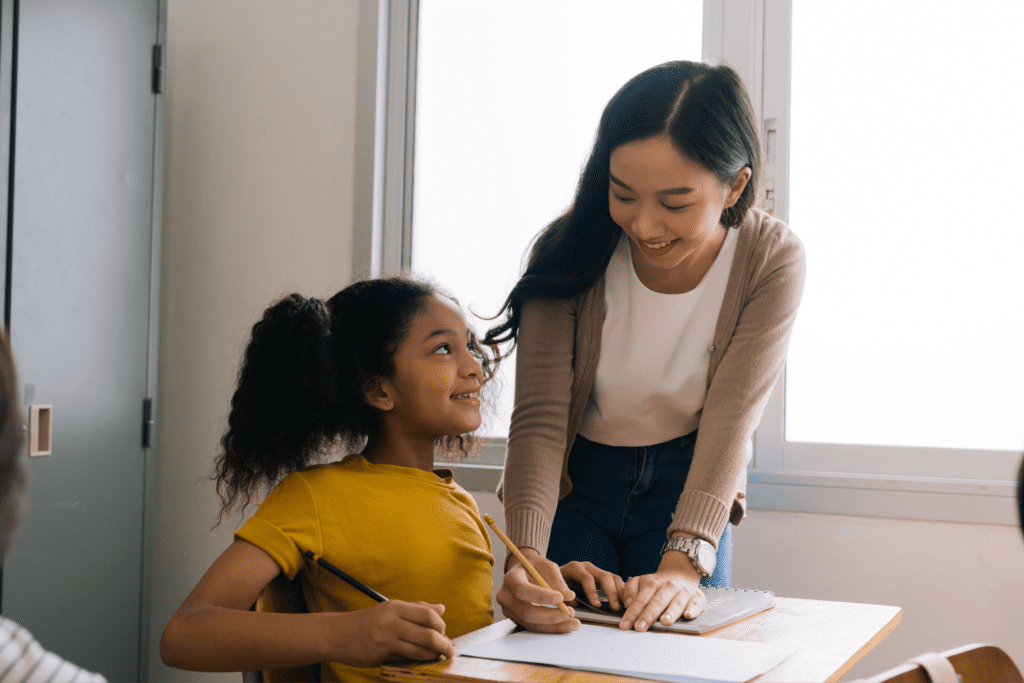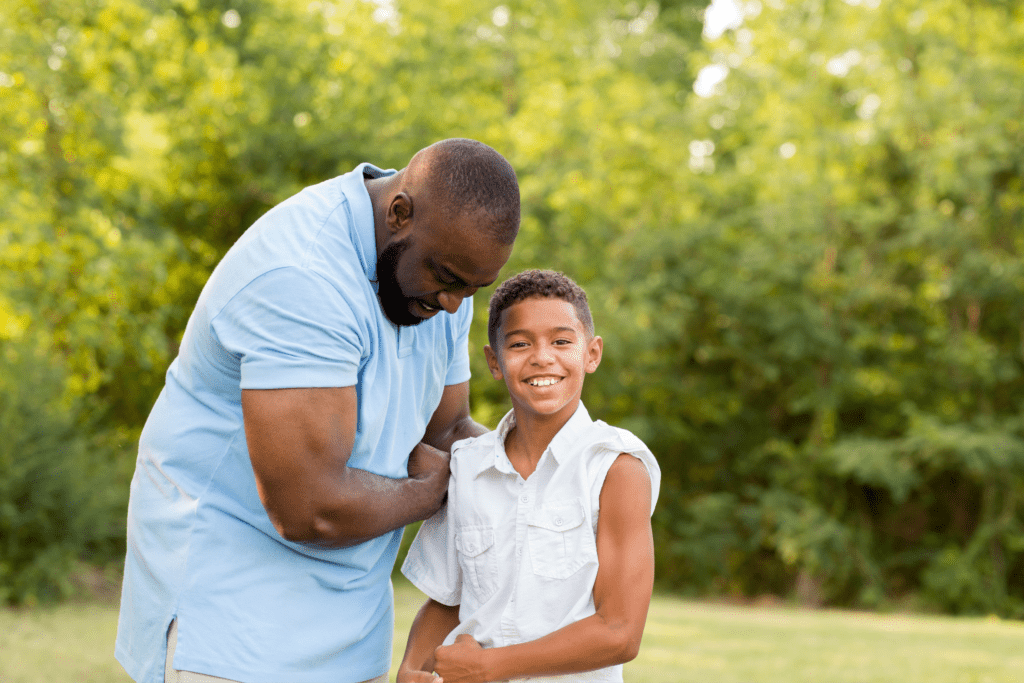How to become a great role model:
Young people are constantly learning. They are always watching what is happening around them, and they will likely sponge up any behaviour or values they come in contact with. Young people need to have good role models. Some will look up to professional sports players, some will look up to their favourite actor or musician, but many also look up to the adults in their life.
Teachers are people in a young person’s life who often become role models. Not every teacher will be a role model for every student, so it is important to have a variety of teachers that a range of students can relate to. As teachers, we are already held to a high standard in our interactions with and around our students. This is also true of youth workers and any other professional who regularly engages with children and young people.
Having good role models is important for young people and their development. People will choose whatever role models they want, and while you may be able to dissuade them from negative role models, this is not always possible. What you can influence is who our young people see and interact with regularly. If you are a person in this position, there are a couple of steps that you can take to become the best role model possible.
Make mistakes.
When many people realise that they have become a role model for a young person, they believe that they can’t do anything wrong. If you’re a role model, you need to be perfect and positive and everything that parents expect you to be. There is a lot of pressure on role models, and teachers definitely feel this. This is why it is particularly difficult to be a teacher in a small country town; because when everyone knows everyone, you can’t ever NOT be the teacher.

There is so much focus on positive role models, and calling someone a negative role model can be a serious insult. It can be difficult to take this risk when you are a teacher or a youth worker, and it is literally your job to be a positive role model.
Young people need to see the people that they look up to. It is important for their self-esteem, and it can teach them how to act when they have made a mistake. Many people do not know how to take criticism or apologize appropriately, but these aren’t things that most people can do without learning. Teaching people how to react in these situations is an essential part of being a role model.
See more: High Teacher Expectations – What Does it Actually Mean?
Be honest.
Actually being honest to the people who look up to you is one of the best things you can do for them. You do not want to demonstrate that you are perfect because that sets unrealistic expectations. If all of your role models are perfect, then you can never be as good as they are.
What you can be is honest. Own up to it if you have made a mistake or done something that you regret. Don’t try to hide it, because it will inevitably come out and you will end up looking a lot worse than if you had just admitted it. Being honest when you make a mistake and owning up to your actions is a crucial life skill. It goes beyond just not portraying perfection, but modelling how to behave when you do get things wrong.
Be transparent.
This is a bit different to just being honest, because it’s about going into detail. Talk to young people about your thought process, especially when you’ve done something that you regret. It can be difficult to be honest and say sorry, but what really has value when teaching someone how to be a good person is explaining why you’re sorry and regret your actions.
This also goes for positive actions too. If you’ve done something that you’re proud of, discuss why you’re proud. Not just how you feel, but what exactly you’re proud of. You really like that you did this. You encountered this obstacle and didn’t think that you would make it, but you changed this and got there in the end. This demonstration of your process is valuable when trying to teach someone. It may seem trite to teach someone how to be proud of something they’ve done, but it can be difficult for many young people.
Demonstrate your values.
Demonstrate what you believe in, and make it obvious. If you’re a role model for young people, it is definitely worth taking the time to think about what your core values are. This will help you keep them in mind and be able to articulate them when necessary. We all have values and we don’t really need to try to stick by our true values, but it is worth thinking about being more explicit.
This ties in closely with being transparent. You want to explain why you’re behaving a certain way or what you were thinking in a particular scenario. You also want to take smaller opportunities to demonstrate your values; to do it in everything that you do every day. This really emphasises how these values look in a wide range of contexts, as well as a range of different interpretations for young people to connect with.
Discourage idolisation.
You see this a lot of with celebrity role models, but also with people in everyday life. Many people get caught up in their role models and think that they can’t do anything wrong. If you’re doing everything on this list, you would hope that this wouldn’t happen. The fact is that young people can still idolise you, and think that while you do make mistakes, it’s always okay and you’re still always the best person in a situation.

You want young people to think critically about their role models. Instead of relying on them to own up to their mistakes and explain their actions, you need people to be able to see their mistakes regardless. You want people to be able to change their role models based on what they are going through in their lives and what their needs are at any given point, so you don’t want too strong of a positive connection.
The power of role models.
Role models are essential for learning about how to be a person and how to find your place in society. Many young people find role models in celebrities, but many more are closer to home. Parents and siblings, as well as teachers and other support workers often find themselves becoming role models for young people, whether they like it or not. If you want to become the best role model possible, there are a couple of things to keep in mind, but it mostly boils down to being honest, transparent, and just being a person.





